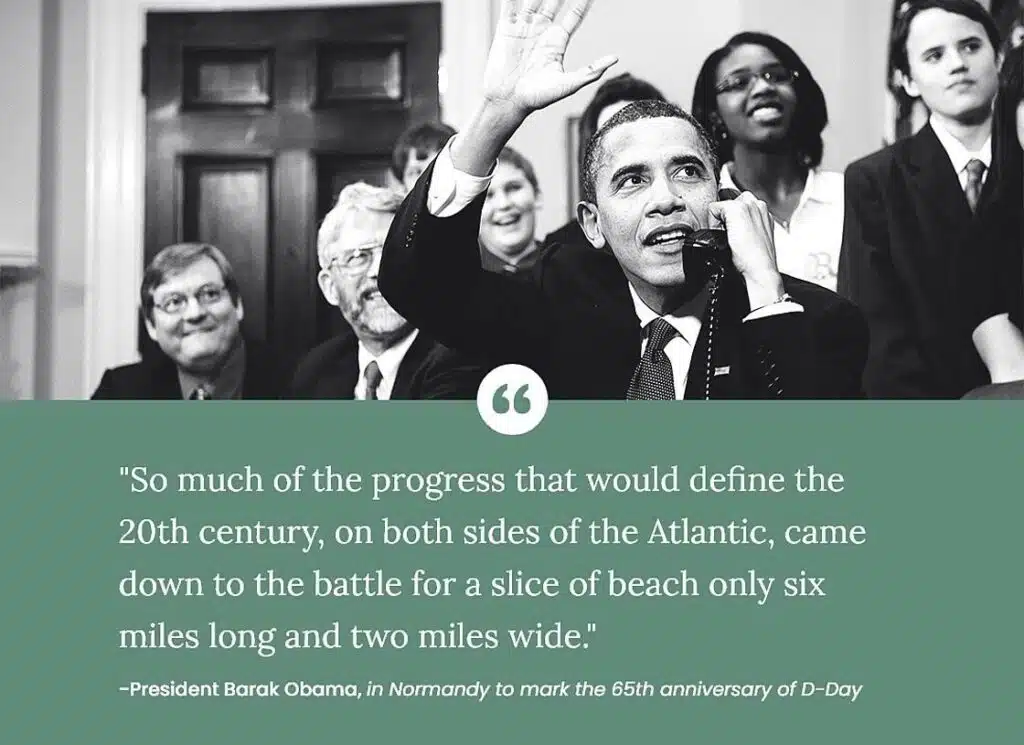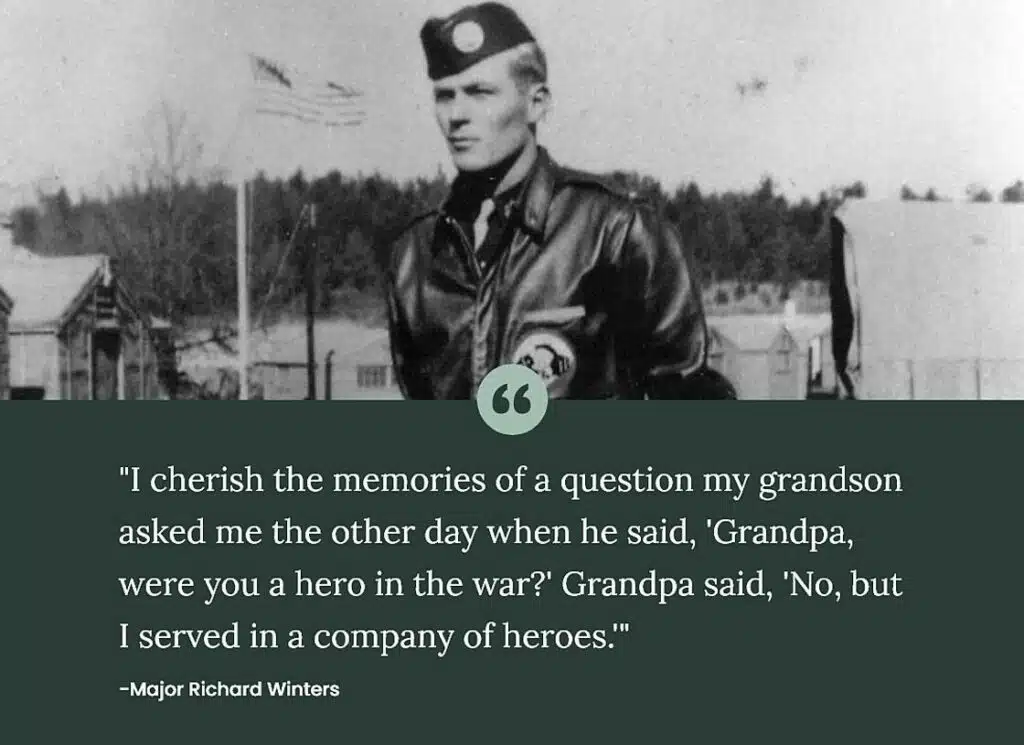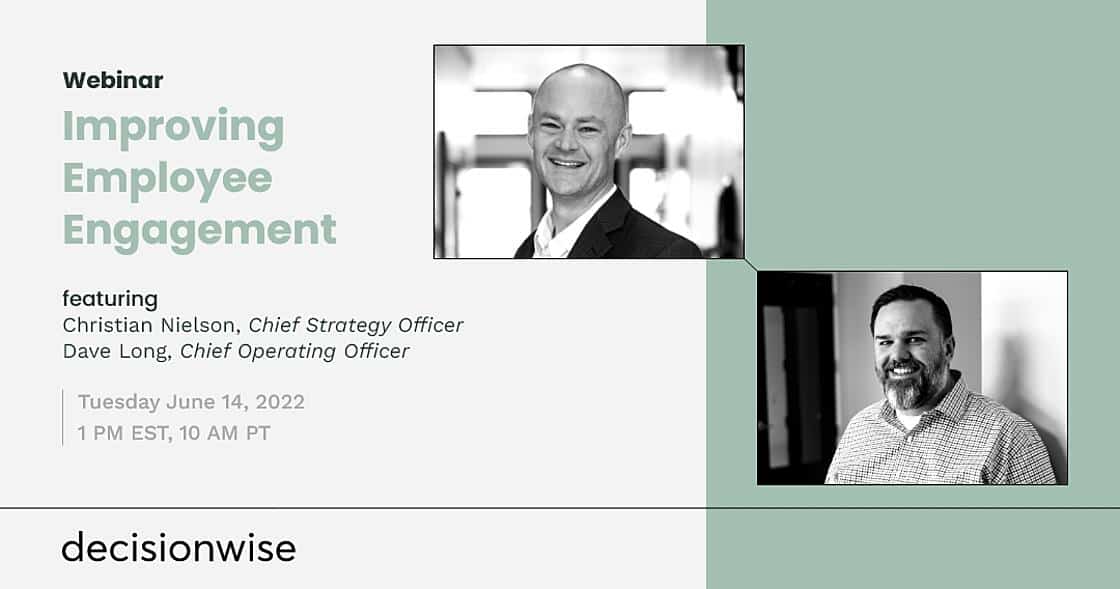Tidbits
This week we honor D-Day. This quote, however, not only touches upon the vagaries of war but also upon the challenges inside organizations. The difference between success and failure is often just a tiny sliver of land, a simple strategy, or whatever the case may be.
All we can say is, Currahee!
Brilliant on the Basics
Did you know language has the power to change the way you see and analyze the world?
“If you’re familiar with the principle of linguistic relativity, it states that the way people think of the world is influenced directly by the language that the people use to talk about it. Or more radically, people [can] only perceive aspects of the world for which their language has words.”
What does this mean for those who handle assessments, surveys, and other measurement tools? It means we must be careful to eliminate cultural and linguistic biases, especially when working with multi-national organizations that traverse languages, boundaries, and cultures. In some languages, abstractions are represented by verbs, in others by nouns.
Pro tip: We recommend having someone review a translation for cultural fit and context. Do not exclusively rely on pre-packaged translations or computer-generated translations.
Featured Discussion
Out of the gate, it is essential to note that employee engagement is not an activity or even an HR initiative; instead, employee engagement is an outcome. Employee engagement is the beneficial result of managing the four layers of the employee experience.
At its core, employee engagement is an emotional state where employees are invested in their work and, in turn, give discretionary effort that benefits the organization and its mission. When engagement is high, we find employees who have a strong sense of meaning and impact; they are thriving inside appropriate levels of autonomy, growing and developing, and have a strong sense of belonging (connection to the organization and their team).
Our goal within Strategic HR/Organizational Development is to build and foster employee engagement by helping leaders make decisions that cultivate a strong employee experience. A strong employee experience is the pathway to improving employee engagement.
A helpful model for conceptualizing this effort is what I call the “Four Experience Layers.” Throughout the organization, leaders at various levels have responsibility for these four different layers.
Experience Layer #1: Base Culture (C Suite) First, every organization has a base culture, which can be defined simply as “the way things work” at a particular organization. An organization’s base culture is primarily the product of foundational decisions such as:
- Mission and purpose (Software vs. Manufacturing)
- Products or services (Beef Jerky vs. Online Gaming)
- Customer or client base (teenagers vs. homeowners)
- Geographical location (Wall Street vs. Silicon Valley)
- Founders’ ideologies (Patagonia vs. Fox News)
- Industry type (Crypto vs. Medical Devices)
Base culture is the first layer of the employee experience. For example, if you are in the business of developing online games, your culture will likely be focused on youth, vitality, fun, etc. These cultural characteristics result from foundational choices to develop and sell online games, and these foundational choices are the purview of the most senior leaders – the C Suite.
Experience Layer #2: Strategic Culture (Senior Leaders)
The following experience layer is where choice is inserted into the process. Senior leaders oversee this layer (C Suite, VPs, etc.). Leaders shape their base culture at this stage as they focus on creating a deliberate culture.
At this level, leaders start defining how employees should behave and act. They develop specific answers to this question: What does it mean to be an employee of this organization? They help define how employees and leaders should think, feel, behave, etc.
Experience Layer #3: The Employee Experience (Strategic HR)
The Employee Experience is the third layer. This layer is the organization’s culture through the eyes of its employees. A strong employee experience helps an organization attract fresh talent and keep its top performers. All leaders share some responsibility for this layer, but this is certainly where HR should step in to help shoulder the load.
Experience Layer #4: Leader Driven Experience (Frontline Leaders)
Of all the experience layers we manage, this is by far the most important. This layer focuses exclusively on that key intersection between employee and direct supervisor. Our research clearly demonstrates that of the various facets of an employee’s relationship with an organization, this association is singularly significant.
This layer has two stewards. First, senior leaders are responsible for helping baseline leaders know how and what to communicate and teach through the organization. In addition, senior leaders are accountable for teaching frontline leaders what it means to be a leader within the organization — what behaviors and competencies are expected of them.
The second and primary steward of Leader Driven Experience is the direct leader or frontline leader. At this level, direct leaders should be focused on three obligations:
- Advocate for the Organization. We are not asking direct leaders to become corporate cheerleaders, but frontline leaders are responsible for ensuring that employees do not adopt an “us vs. them” mentality. In addition, direct leaders are the single best conduit to convey senior leaders’ vital messages and build connection and belonging between the organization and the employee.
- Model Good Behaviors. We need frontline leaders to understand the behaviors expected of them and then strive for excellence. Don’t just talk about your organization’s leadership brand – be the brand in how you interact with and lead others.
- Define Your Employees’ Purpose, Path, and Place. Ask yourself each day, what experience am I creating right now? Remember that it is the direct leader’s primary job to ensure that each employee has a purpose, path, and place within the organization.
An organization that is constantly tending and cultivating these four experience layers, particularly the fourth layer, will benefit from higher levels of employee engagement. Again, while each layer is important, the data is clear: Leader Driven Experience is the single best way to improve employee engagement. #LDX
What’s Happening at DecisionWise
UPCOMING WEBINAR
Every organization has ways they can elevate the experience they are providing their employees, and much of this is tied to improving employee engagement.
HR News Roundup
Here are some other great tips and resources from the past two weeks, curated to save you some time.
- Leadership, Here Are 4 Things You’re Doing That Makes Good Employees Leave (Forbes)
- Is There a Right Way to Do Performance Reviews? (CMS Wire)
- Employees For Life: Treat Them Like Customers (Forbes)
- A great employee experience depends on great technology (insight)
- Workers Changed, and We Missed It (SHRM)
- Bettering corporate culture with DEI initiatives (Benefits Pro)




